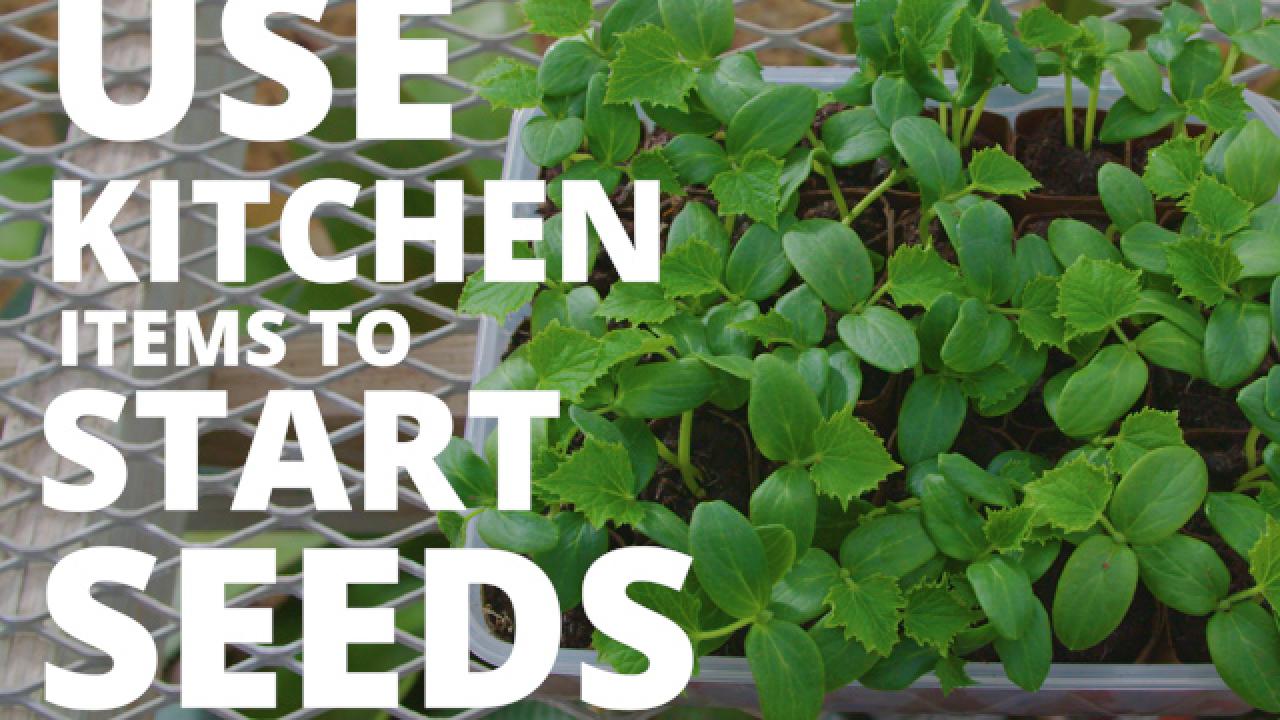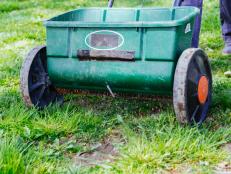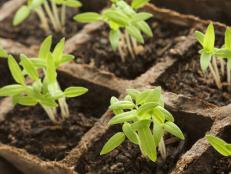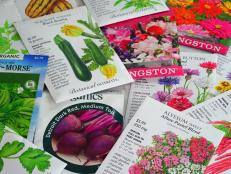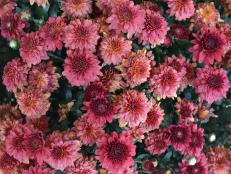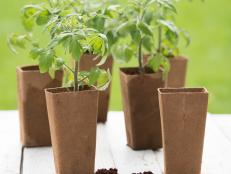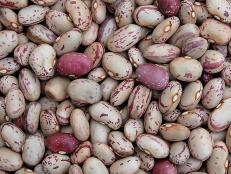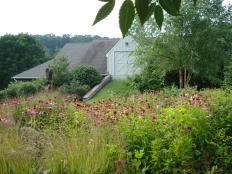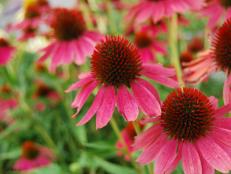How to Germinate Flower and Vegetable Seeds in Paper Towels
Tackle seed starting with confidence using these seed germination tips.

Julie Martens Forney
Some seeds have naturally hard seed coats that make it tough for water to penetrate so germination can occur.
Seeds bring magic to life in a garden, yielding gorgeous blooms and lip-smacking fruits and vegetables. The transformation from seed to plant starts with germination, when a seed cracks open to sprout a root, followed later by stem and leaves. Many gardeners germinate seeds on paper towels, and then transplant the tiny seedling into soil. Why should you consider germinating seeds before planting?
- It gives you a chance to check the viability of your seeds.
- It allows you to sprout many seeds in a very small space—a sandwich baggie.
- It can speed up the seed sprouting process, with roots appearing in a matter of days in some cases.
- It works for flowers as well as vegetables and fruits.
To germinate seeds, wet a paper towel or coffee filter. Choose a towel that’s strong when wet. That type holds moisture longer and doesn’t shed lint on seeds (lint can give mold a place to grow). Coffee filters work well because seedling roots don’t penetrate filter paper, which makes it easy to shift germinated seeds to soil.
Place seeds inside the damp towel or filter, and slide it into a sandwich baggie. Don’t seal the baggie tight, because that can provide good conditions for mold to grow. Stash the baggie in a warm spot (65-75°F)—a laundry room, southern window or sunroom. Monitor the towel for moisture and the seeds for signs of mold. Mist the towel if it dries out.
Seeds should germinate in a few days to a week. Once growth is visible, shift the seed to moist soil. Place small seeds on top of soil without covering; bury other seeds to the depth recommended on the seed packet. If the root grows into the towel, at planting time cut the towel around the root and bury it with the root.
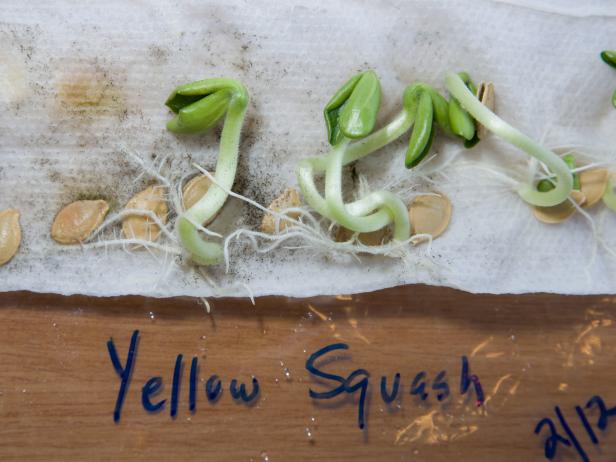
Robin J. Carlson for Chicago Botanic Garden
Germinate seeds on a paper towel to hasten the process. Yellow squash seeds germinate easily on a damp paper towel.
Hard-to-Germinate Seeds
Some seeds have a hard seed coat that’s nearly impermeable to water, which makes germination difficult. Examples include (above, clockwise from lower left) sweet pea, shell bean, nasturtium and morning glory. With seeds like these, it often helps to soak seeds overnight in water. Many gardeners also add hydrogen peroxide, which helps to soften the hard seed coat and disinfect the solution. Use a mix that’s half water, half peroxide.
On seed packets, it often says to “nick" the seed coat. This improves germination success by physically creating an opening in the seed coat to let water enter. Do this by using the blade of a nail clipper and making a small cut in the seed coat. Place the cut on the side opposite from the hilum, which is a dent on a seed that shows where the seed was attached in the seed pod. Placing the cut away from the hilum ensures you won’t damage the tiny seed leaves tucked inside the seed.

Julie Martens Forney
Use a file to nick hard seed coats on seeds like moonflower, which are large enough to hold easily while filing.
Another way to make an opening in a seed coat is using a file. Rub the seed (hard) against the sharp edge of the file until you create a small opening. After nicking the seed coat, you’ll still need to soak seeds overnight for a few days, until seeds swell and the seed coat cracks.

Julie Martens Forney
A root tip is visible in the seed at the top.
One way to push germination along with a hard seed coat is to combine nicking with a water-hydrogen peroxide soak—until you see the small root tip appear. This method speeds germination, which means you can get your garden growing sooner.
